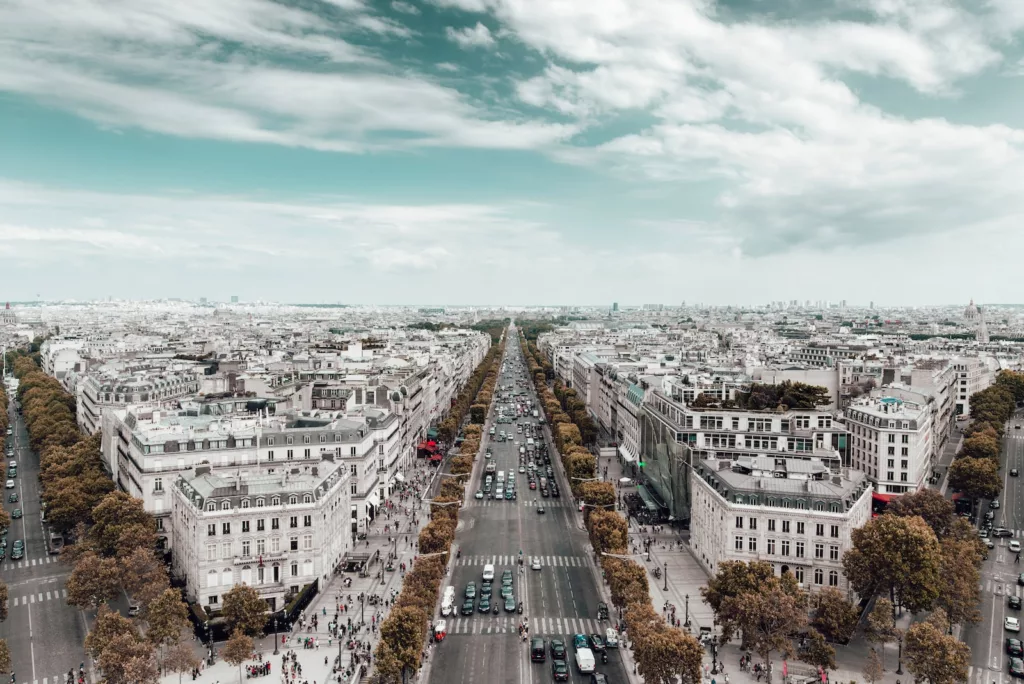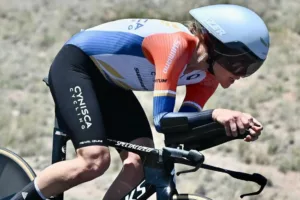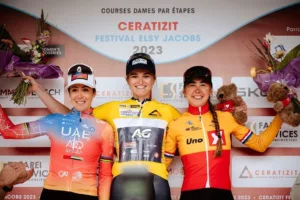Dubbed ‘la plus belle avenue du monde’ (the most beautiful avenue in the world), the Champs-Élysées in Paris is synonymous with both glamour and intense sporting competition. Its history stretches back to the 17th century, with a multitude of stories to tell, from its evolution as an avenue of high fashion and decadent cafes to its integral role in the world’s most prestigious cycling race, the Tour de France.
History of the Champs Élysées
The Champs-Élysées was first commissioned by Louis XIV’s landscape gardener André Le Nôtre in 1667, as an extension of the Tuileries Garden. It was not until 1828, however, that it became city property and was transformed into the tree-lined avenue known today. Stretching 1.9 kilometres from Place de la Concorde to the Arc de Triomphe, the avenue is a sight to behold, lined with luxurious shops, bustling cafes, and exquisite theatres.
Fashion has long been a centrepiece of the Champs-Élysées. As a destination of choice for elite Parisians since the 18th century, it houses a plethora of renowned fashion houses and retail stores like Louis Vuitton, Montblanc, and Zara. The avenue’s cafes, such as the emblematic Fouquet’s, are places to see and be seen, teeming with a mixture of tourists and locals, all absorbing the iconic Parisian atmosphere.
At the western end of the avenue, the monumental Arc de Triomphe presides over the scene. Commissioned by Napoleon after his victory at Austerlitz in 1805, it stands as an enduring symbol of French unity and resilience and anchors the Champs-Élysées in both geography and history.
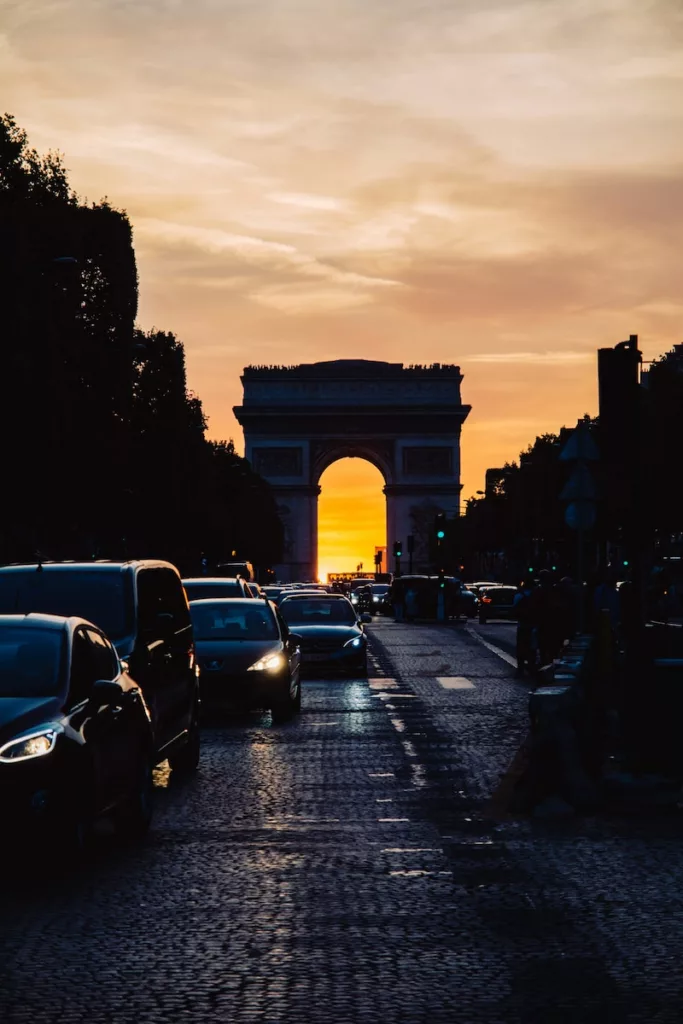
Champs Élysées in the Tour de France
In the realm of sport, particularly cycling, the Champs-Élysées holds a place of singular prestige. Since 1975, the avenue has served as the final stage of the Tour de France, a momentous occasion eagerly anticipated by cyclists and spectators alike. It has become a tradition for the riders to circle around the Arc de Triomphe, in a celebration of their endurance and grit after three weeks of intense competition.
This illustrious avenue has borne witness to a number of memorable moments in the history of the Tour de France. One such moment was in 1989, when Greg LeMond, trailing Frenchman Laurent Fignon by 50 seconds, stormed to victory in a time trial finale along the Champs-Élysées, clinching the overall win by just 8 seconds.

Another unforgettable victory came in 2012 when Mark Cavendish secured his fourth consecutive sprint win on the Champs-Élysées. The sight of the yellow jersey, Bradley Wiggins, powering through the final kilometres for his teammate was a sight rarely seen. Once dropped off by his team, Mark Cavendish powered through the finish line, further reinforcing his status as one of the world’s best sprinters. The 2012 Tour de France was a landmark one for British cycling.
The significance of the Champs-Élysées to the Tour de France is such that in 2013, to commemorate the 100th edition of the Tour, the final stage was held in the evening, with the iconic avenue bathed in the glow of the setting sun and the Arc de Triomphe illuminated as the backdrop to an unforgettable scene.
It was also the scene for the first few editions of La Course by Le Tour de France. A nod to the original Women’s Tour de France, it was a one-day circuit race on the Champs Élysées before it began to branch out to other destinations in France and eventually turned into the Tour de France Femmes.
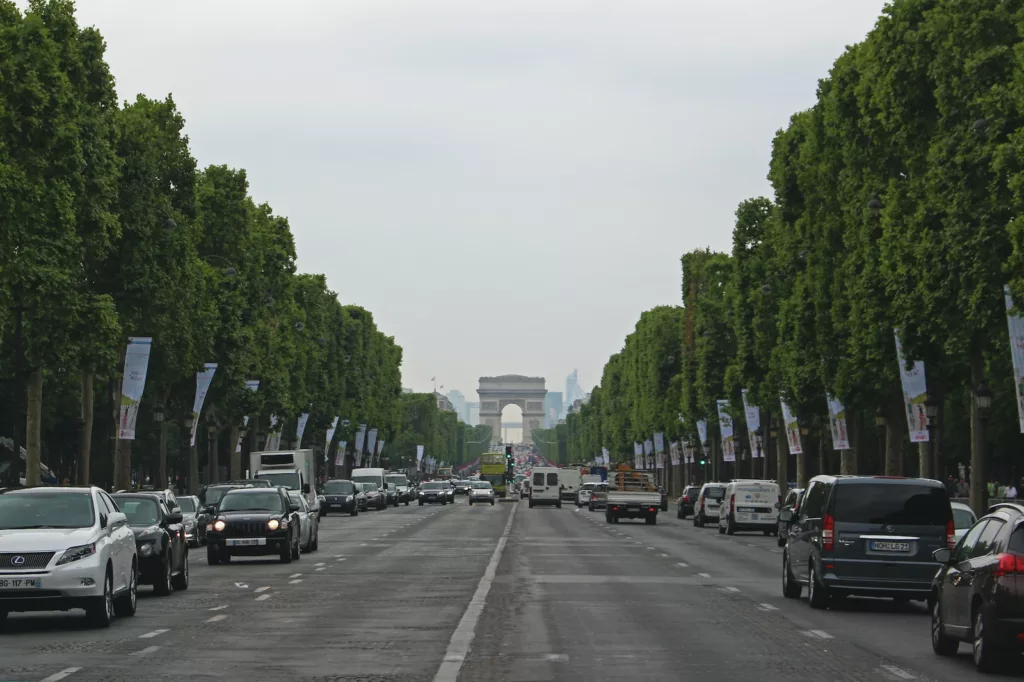
Summary
The Champs-Élysées seamlessly blends its roles as a symbol of French elegance and a mecca for international cycling. It represents the pinnacle of Parisian culture and the end of an arduous 3,500-kilometer journey across France’s diverse landscape. Both as a fashionable avenue and the final battlefield of the Tour de France, the Champs-Élysées stands as a testament to Paris’s enduring allure, capturing the hearts and minds of those who stroll along its pavements or pedal furiously towards the finish line.


